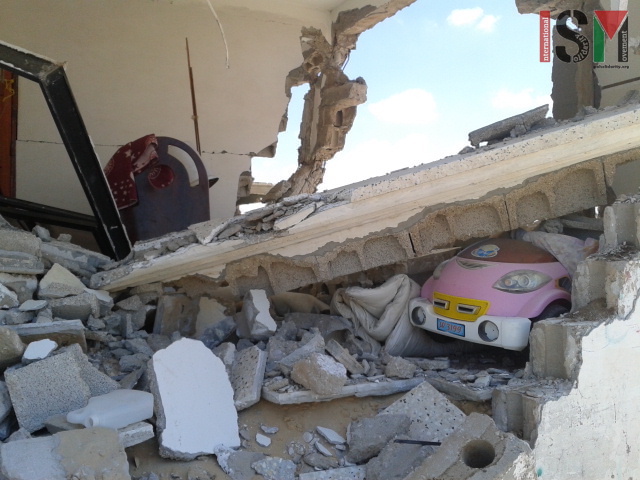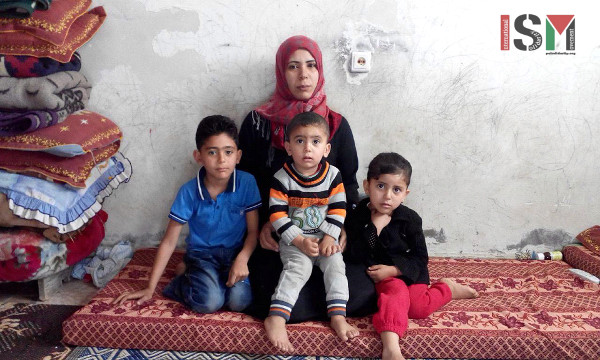Tag: Gaza
-
“…but still with a few hope in our hearts”
20th May 2015 | Inas Jam | Khuzaa, Gaza. Editor’s note: This is the testimony of a 23 year old woman who survived the land invasion of Khuzaa, Gaza, in the summer of 2014. This is the original version of her writings and no edits have been made. We were in Khuzaa in our grandfather’s house when the war started.…
-
Marianne heads for Gaza today!
10th May 2015 | Ship to Gaza | Gothenburg, Sweden Marianne of Gothenburg will leave her home port at 7 pm on the 10 of May. The trawler, which has been acquired by Ship to Gaza Sweden and Ship to Gaza Norway jointly, departs for a voyage of almost 5000 nautical miles to eastern Mediterranean and the blockaded…
-
Nine Palestinian fishermen kidnapped by the Egyptian army
06th March | Miguel Hernández | Gaza, Occupied Palestine On the 3rd of May, the trial of nine Palestinian fishermen kidnapped by the Egyptian army while fishing in waters of the border city of Rafah, took place in the Egyptian city of Al Arish. Three of the fishermen are brothers, Ali Abu Hamada, 36 years old, with eight…



